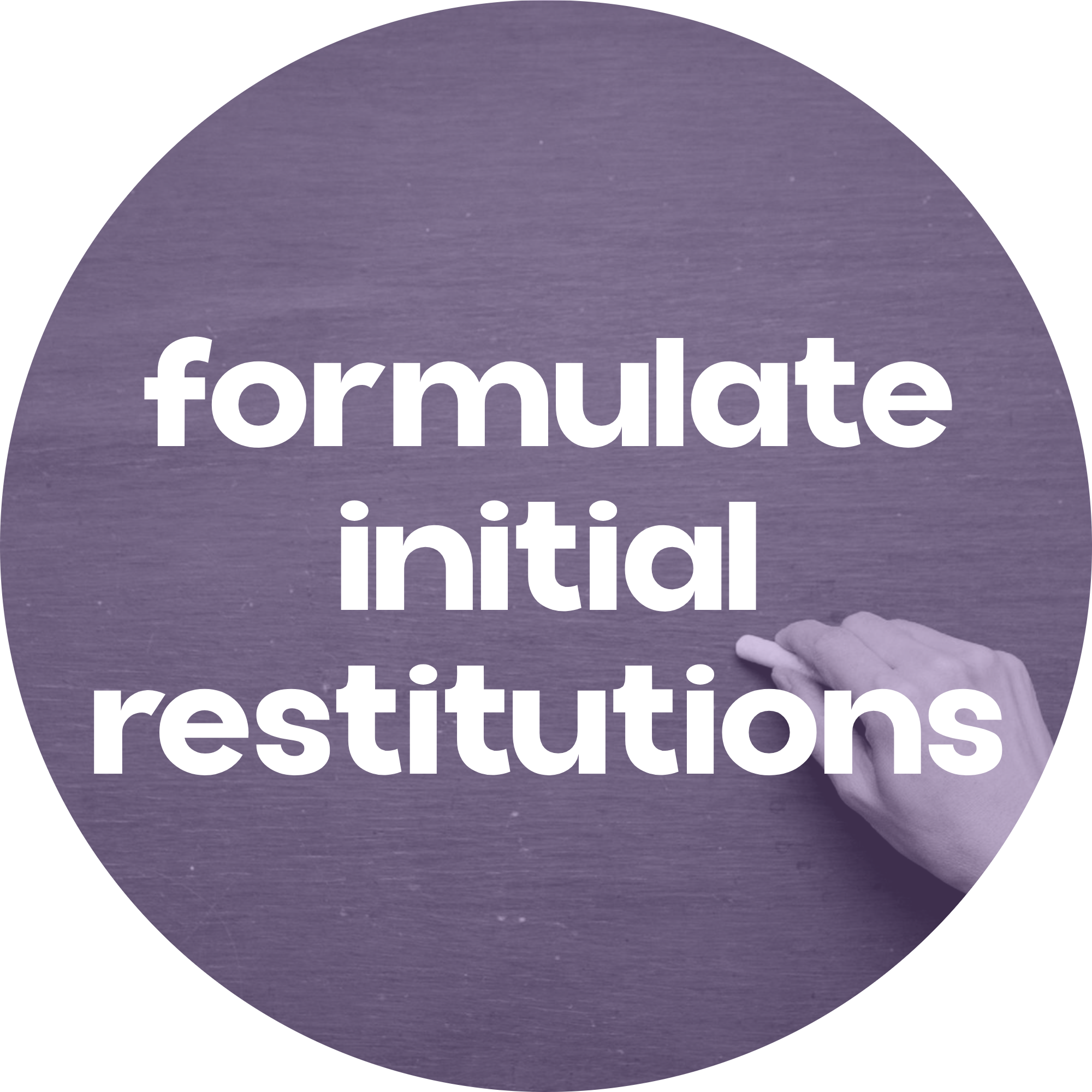By failing to prepare, you are preparing to fail.
– Ben Franklin, the man on the 100

victim
Currently, the victim is running hot. Trying to negotiate with someone too upset to listen or digest information presents an extreme disadvantage when your goal requires thorough and thoughtful communication. The victim is less receptive to discussion when they are emotional and unfocused. They need time to process and collect themselves. The length of time depends on the severity of the harm suffered.

wrongdoer
The wrongdoer does not have the same luxury to be emotional because they need to focus on planning their next move. Quickly reining in your emotions means more time allocated towards forming a strategy. While extreme feelings are natural at this time, being angry, upset, or commiserating in pity is ultimately counterproductive.



